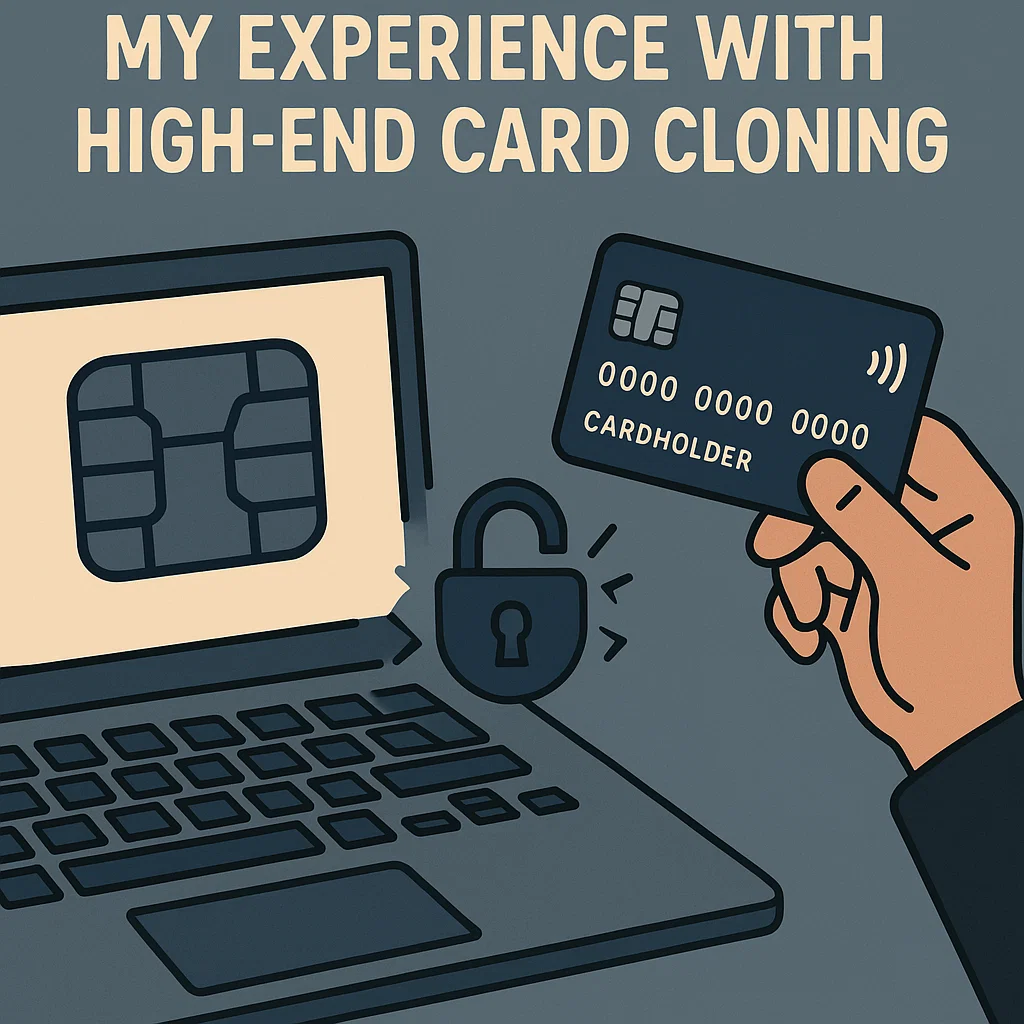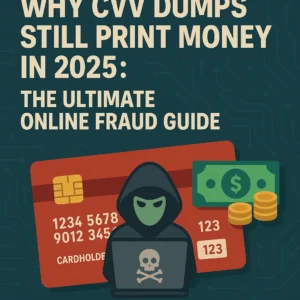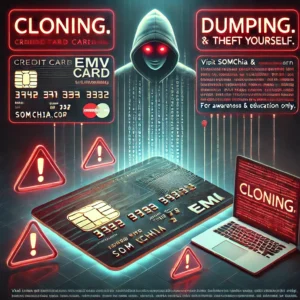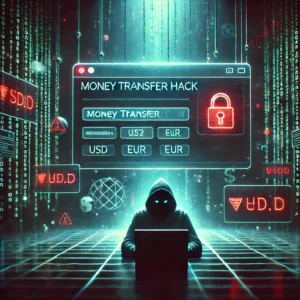Introduction: EMV Was Supposed to Be Uncrackable
When EMV chips rolled out globally, the media called them unclonable. They said magstripes were dead and that chip cards would end card fraud. What they didn’t tell you is that nothing is ever uncrackable—only delayed.
I didn’t set out to challenge the system. But once you understand the hardware, the code, and the weak links in implementation, you realize EMV wasn’t designed to stop people like me. It was designed to stop the masses.
Here’s how I cracked the EMV code—and how the underground still clones chip cards in 2025.
What Is EMV and Why Is It Supposed to Be Secure?
EMV stands for Europay, Mastercard, and Visa, the three companies that developed the chip card standard. It uses a smart chip embedded in the card to generate a unique transaction code every time it’s used.
This supposedly prevents skimming or card duplication, unlike the old-school magstripe cards, which just store static data.
But the security comes with a huge assumption: that every component of the ecosystem—banks, point-of-sale terminals, ATMs—is updated and uncompromised.
Spoiler alert: they’re not.
Learn more about how EMV works
Phase 1: Getting the Right Hardware
The first rule of EMV cloning? You don’t copy the chip—you copy the behavior.
That’s where hardware manipulation comes in. I started with:
-
A POS skimmer built into a fake terminal front
-
A smartcard reader-writer (like the ACR38 or Omnikey)
-
Modified Raspberry Pi 4 running Linux to automate extraction
-
Custom firmware designed to intercept APDU commands
I sourced most hardware through AliExpress and some forums on the clearnet that specialize in embedded hacking.
Once I had the gear, I could capture chip transactions—not by cloning the chip, but by emulating the dynamic authentication exchange that EMV terminals rely on.
Phase 2: Exploiting the EMV Loophole
Here’s the truth: you don’t need the chip to clone a card. You need:
-
PAN (card number)
-
Expiry date
-
Service code
-
ARQC (Authorization Request Cryptogram)
EMV transactions operate on predictable logic. If you capture the ARQC, you can replay it—especially on older terminals still running offline authentication.
This vulnerability is known as “Transaction Relay” or “EMV Replay Attack”. It’s been documented since 2008 and yet, it’s still exploitable today.
The trick is simulating the chip’s responses just long enough to complete a cloned transaction before it’s flagged.
Phase 3: Cloning to Blank Chip Cards
Once I had captured a successful chip transaction, I wrote the data onto a Java-based smartcard. You can grab blank J2A040 or JCOP cards from various carding markets or even eBay (if you’re lucky).
Tools used:
-
JCardSim for simulating JavaCard environment
-
GlobalPlatformPro to install applets and configure card memory
-
Custom scripts to emulate DDA (Dynamic Data Authentication)
The goal wasn’t to make a perfect clone—it was to pass as a legit card long enough for a swipe, cashout, or online purchase.
Where Carders Still Exploit EMV in 2025
Despite all the advancements, here’s where the holes still exist:
-
ATM Shimming: Modern “shimmers” can capture chip data and ARQC.
-
POS Backdoor Kits: Installed malware in retailers to intercept EMV data in real-time.
-
Fallback Exploits: Force the terminal to switch to magstripe mode.
-
Cross-border weaknesses: Some countries still don’t enforce EMV fully.
Markets like Dumps and CVV shops still sell EMV-based dumps with detailed Track 2 data and PINs.
CVV and Fullz: The Final Layer
A cloned EMV card is valuable. But a cloned EMV card with Fullz and CVV2? That’s gold.
Fullz = full identity profile:
-
SSN
-
Date of birth
-
Billing address
-
Phone numbers
-
Employer info
These allow you to bypass fraud detection and verification—especially during card-not-present (CNP) attacks or ATM PIN resets.
Check out how Fullz fuel digital fraud
Conclusion: Nothing Is Ever Fully Secure
The EMV protocol was a massive leap in card security. But like all things, it’s only as strong as its weakest point—and in my experience, that point is always implementation.
Banks patch, card networks evolve, but the underground adapts faster.
The real edge? Understanding the protocol, the tech, and how to think like the architects of the system—then break it from within.




